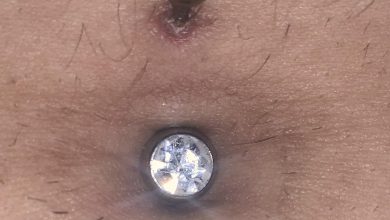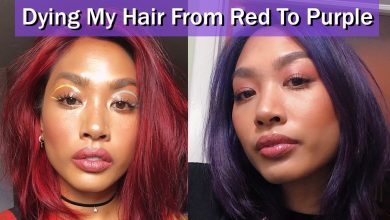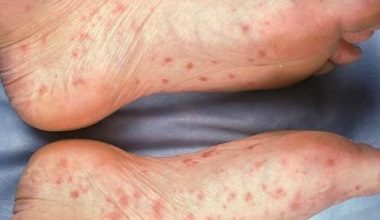How Memory Loss Affects the Human Brain

While it is normal to experience the occasional forgetfulness as you grow older, progressive memory loss can be a severe brain malfunction. It is advisable to visit your doctor if you have memory loss that affects your daily life. Early diagnosis of memory loss assists doctors in understanding its cause and possible treatment options available to you to help you get better. Read on to discover how memory loss affects the human brain’s function and how to cope with it.
Understanding Memory Loss
Short-term and long-term memory lie in different parts of the brain and are responsible for storing memorable situations depending on their nature and importance to the individual. Short-term memory influences your capacity to remember recent information, especially that you temporarily need. Shopping lists for the mall or grocery store are stored in short-term memory.
Long-term memory will typically comprise information you hold for a long time, such as your spouse’s phone number or your address.
Common Causes of Memory Loss
Memory loss is something that can occur due to many factors ranging from sleep deprivation, drug abuse, aging to dementia and other mental disorders.
Dementia:
Besides reasoning and language impairment, dementia can also manifest in the form of progressive memory loss. Meaning that as time passes, a person’s memory becomes worse. Dementia often results in a severe decline in mental function and capability over time. Short-term memory loss is often the first sign that someone might be struggling with dementia.
Dementia patients may display the following symptoms:
Difficulty remembering basic information like their spouse’s name or remembering how to get home.
Inability to follow simple instructions or steps.
Forgetting to pay recurring bills or keep a basic appointment.
Forgetting to lock their house when leaving for work or where you’ve parked your car at a mall you visit frequently.
Dementia patients also may be aware of the memory loss early, but as their situations worsen, they may become unaware of entire events and even deny that they have memory loss. Over time, this progressive memory loss can cause personality changes. The affected individual can become easily irritable and may suffer from different anxiety disorders.
What’s the Difference Between Dementia and Alzheimer’s Disease?
The difference between dementia and Alzheimer’s is that these words are often used interchangeably but have two different meanings. Dementia is not a specific illness but rather an umbrella term for a wide range of symptoms of cognitive impairment. Alzheimer’s disease is the most common form of dementia. It manifests in gradual memory loss that eventually affects cognitive function. While Alzheimer’s disease can cause dementia, not everybody with dementia has or even experiences Alzheimer’s disease.
How Alzheimer’s Disease Affects the Brain
With Alzheimer’s, brain damage and impairment may occur many years before the first symptoms appear. It all starts when abnormal protein deposits form tangles in the brain, thus breaking the connection between brain cells, causing them to die. The brain may even shrink when the condition is severe.
However, the symptoms of Alzheimer’s may overlap with those of dementia. Common symptoms include:
- A decline in thinking ability
- Difficulting in recalling recent events
- Communication impairment
- Depression and anxiety disorders.
- Confusion and disorientation
Diagnosis of Alzheimer’s disease can be difficult to perform while the patient is still alive. An accurate diagnosis is only possible after examining the brain in a laboratory during an autopsy.
Coping with Memory Loss
If memory loss arises from dementia, the treatment program will depend on the cause and type of dementia that a person is experiencing. Some types of dementia are manageable, such as memory loss arising from Parkinson’s disease and vascular dementia while other types of dementia are not. However, for Alzheimer’s disease, there is no known cure for it as of right now.
Patients with mild memory loss can improve their outcomes by taking medication as prescribed by their doctors, keeping sticky notes as reminders for important dates and events, and remaining socially active to keep their brain thinking at all times. Patients with severe memory loss are better off under the care of someone else, such as a caregiver or nurse to help them with everyday activities.





